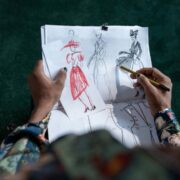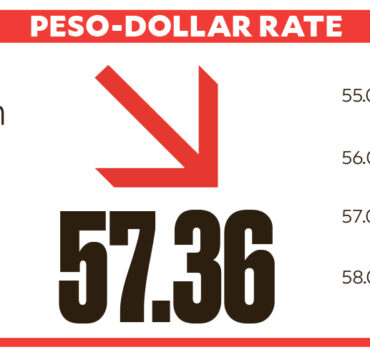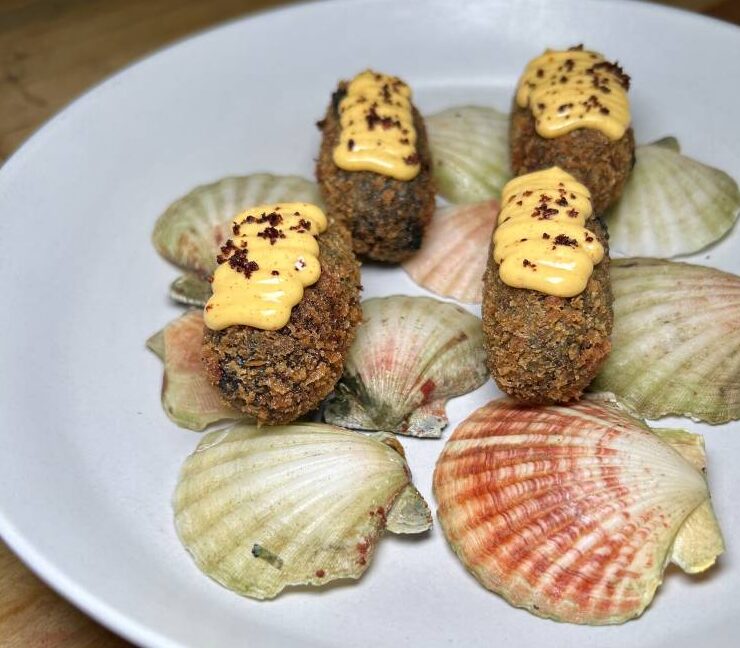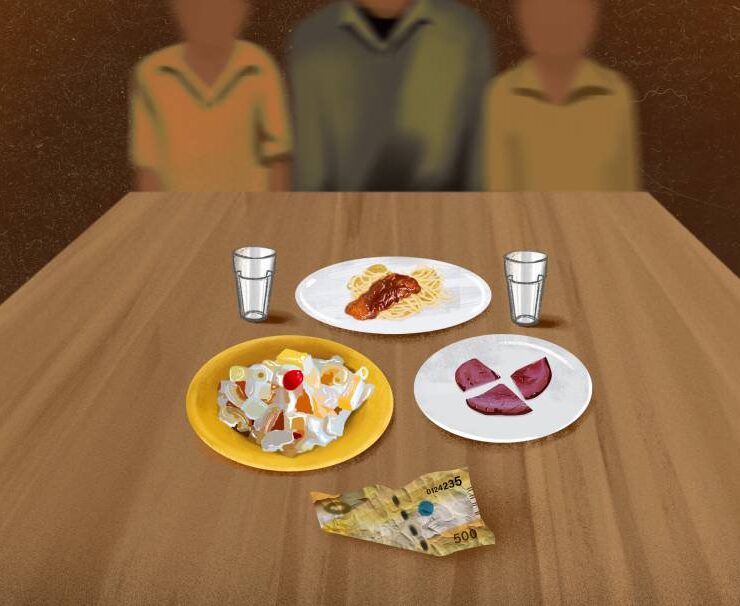These young weavers are weaving a bright future
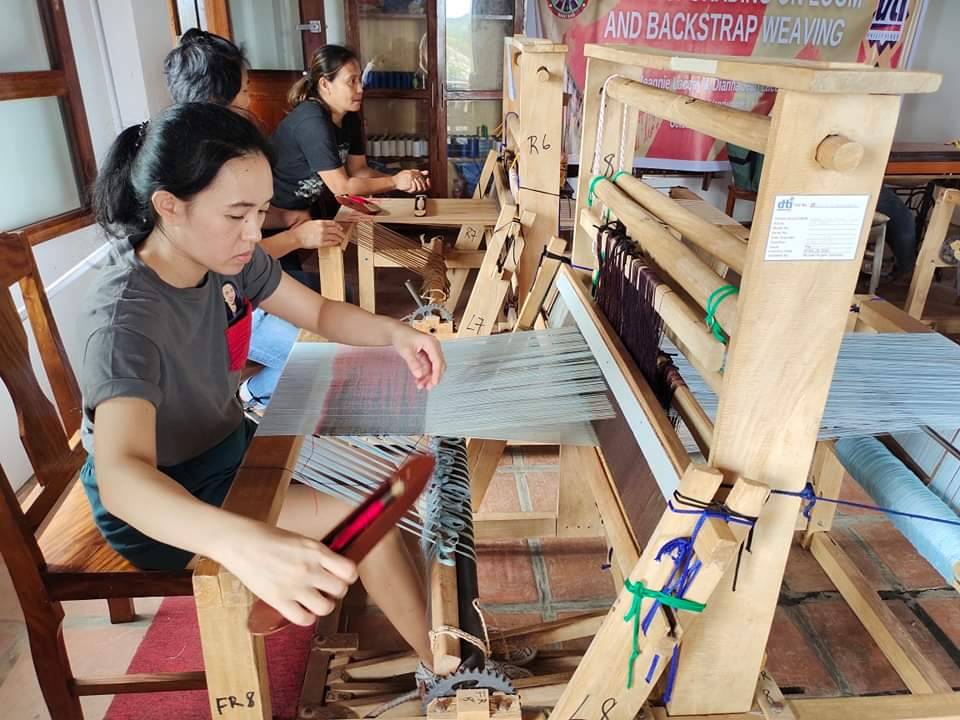
Young weavers have been taking up the mantle, ensuring not only the continuation of traditions but a bright future for the country’s weaving communities.
That wasn’t the case in 2009, when Habi: The Philippine Textile Council (habiphilippinetextilecouncil.com) was established. Habi secretary Rambie Katrina Lim said, “The beginning of Habi was really because we were seeing that weaving had already skipped a generation … You didn’t know of a lot of young weavers in 2009. So for Habi, our main vision was to be able to revive [it] and there’s no revival of tradition unless the young ones come.”
Adelaida Lim, Habi president emeritus, recalled, “In the early days, when we started going around, visiting the weavers, one of the things that I observed was that a lot of the artisans were quite elderly … I felt it was going to die if we just let it go, if we didn’t give it any attention.”
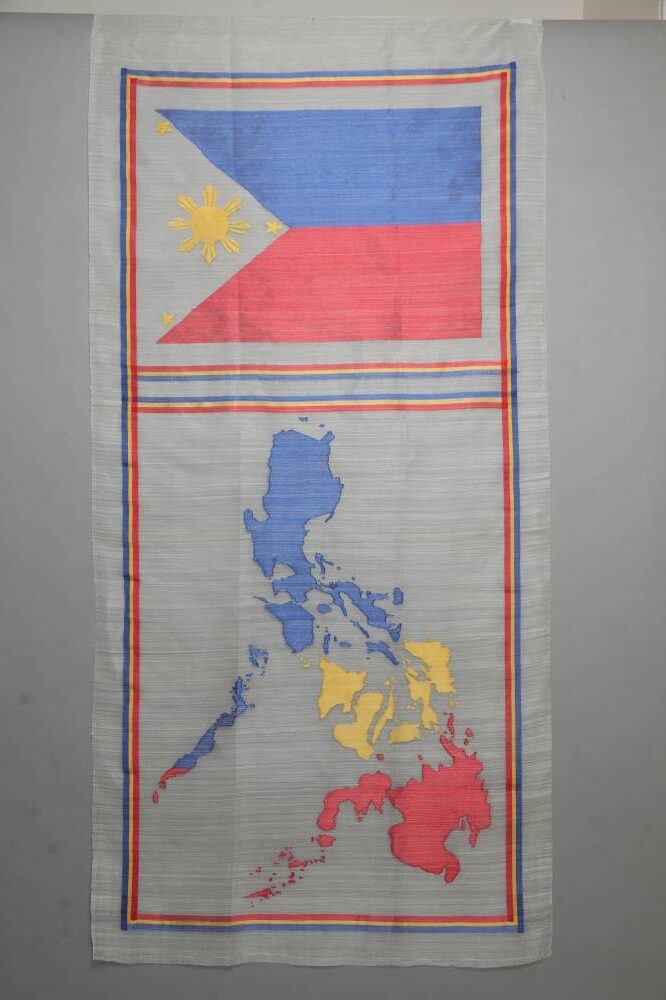
Habi did give it attention. The nongovernmental organization’s mission is to “preserve, promote and enhance Philippine textiles through education, communication and research” and that’s exactly what it has been doing—through community visits, events, workshops, talks, documentaries, books and more.
The group’s efforts have paid off in different ways—the heightened appreciation and bigger demand for local textiles, the success stories of artisans who have risen from the grassroots and the growing interest of young people in weaving.
“More and more young people have gone into it,” said Adelaida.
Rambie said, “We started to see a lot of interest in the younger people in 2018, 2019.” And it’s not just weavers. “It’s really the young people who have pushed it. In the past 6, 7 years, people really want to wear it, the young designers are incorporating it, they have jeans, they have bomber jackets … It’s quite exciting because we have many volunteers that are younger … We have new interns. They want to help,” said Habi president Mia Villanueva.
A hundred booths
You’ll get to meet some of the young weavers, artisans and designers at the 14th Likhang Habi Market Fair, happening at Glorietta Activity Center, from Oct. 18 to 20. The event, which features a hundred booths this time, will gather the best weavers and artisans from all over the country. This year’s theme is “Earth To Loom: Celebrating Natural Dyes in Philippine Textiles.”
The winners of the annual Lourdes Montinola Piña Weaving Competition and Eloisa Hizon-Gomez Abaca Weaving Competition will also be announced at the fair. There will be a special award for the best piña weaver under the age of 30.
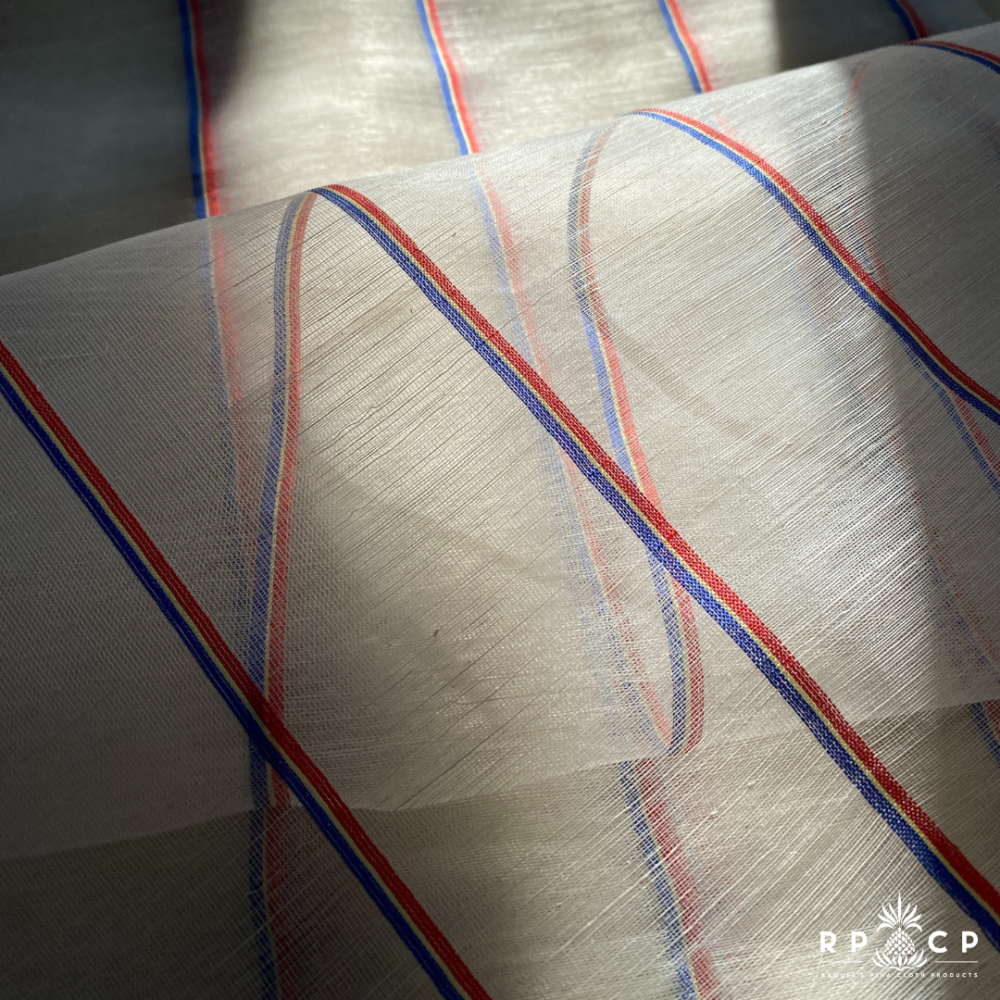
“The award is given by Mrs. Felicidad Nadres of EN Barong Filipino … We’ve had it for 5 or 6 years now and we’re seeing an uptick in entries and that’s always encouraging,” said Rambie.
Here are three weavers who are weaving a bright future for themselves, their communities and the country.
‘There’s pride when you wear piña’
For Carlo Reporen Eliserio, 28 and from Aklan, weaving runs in the family. His great grandparents were farmers and weavers of piña and abaca. His mother Raquel is the Cultural Master for Piña Weaving, awarded by the National Commission for Culture and the Arts.
“I’ve been surrounded by piña artisans since I was young. I appreciate their passion in doing their craft and supporting us and sustaining us [through it],” Eliserio said.
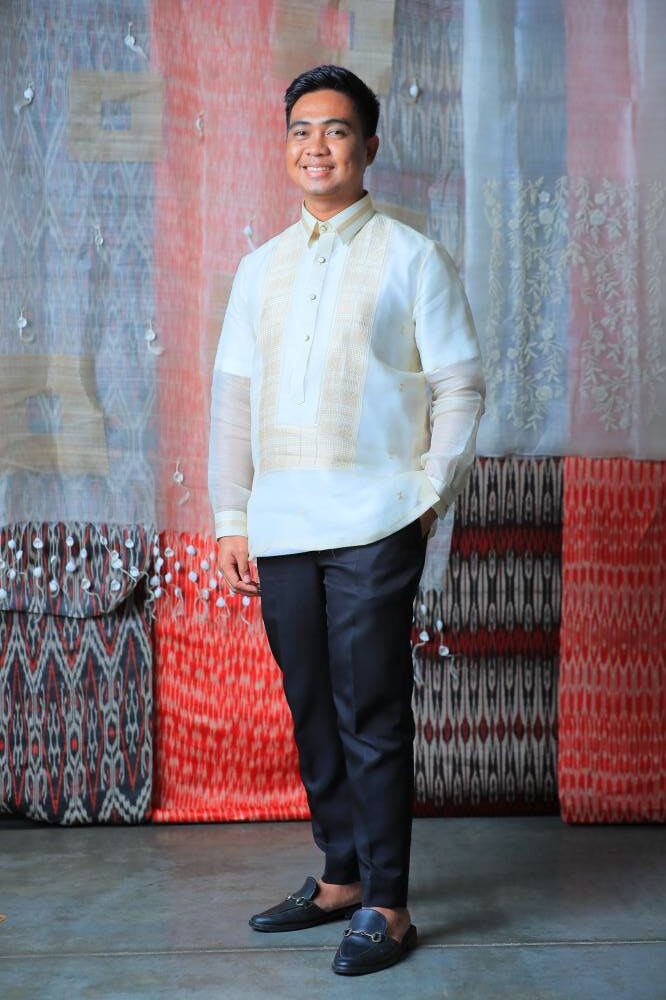
He started weaving when he was just 6 years old and he never stopped—even when he studied civil engineering in college. After graduating, he joined his mom in running her business, Raquel’s Piña Cloth Products (raquelspinacloth.com).
“I think I was born for this,” said Eliserio. “It’s my identity as an Aklanon and as part of my community.”
They started joining the Likhang Habi Fair in 2015. Eliserio, who is based in Aklan, recalled, “We were kind of hesitant because we couldn’t afford the trip to Manila … but we went because of Habi’s support. They provided our accommodations. Without Habi’s support in 2015, we would not be here putting up branches in Manila and our own platform.”
That includes their spots at Rustan’s Makati, Alabang and Shangri-La. Eliserio said that Habi helped them “strengthen our brand and community to sustainably produce products for a mainstream market.”
Advocate
Eliserio continues to work closely with Habi. He said, “We consider them a community and a family. I’ve been very active in my commitment to the Habi community as an advocate and as a face and voice of my community and the piña artisans in the province.”
It’s a role he takes seriously. “It’s important to keep the conversation going so we can continue our heritage, our livelihood.”
Eliserio has done a lot of projects with Habi, including giving talks and workshops and working as an executive producer on a documentary and researcher for the book “Piña Futures.” At 1 p.m. on Oct. 20, he will give a talk and demonstration on natural dyes at the Likhang Habi Fair.
Also at the fair, their business Raquel’s Piña Cloth Products will be offering traditional Filipino garments made of piña—barong Tagalog, Filipiniana, baro at saya. “We also have contemporary pieces, so you can wear piña on formal events but also on casual days. They’re comfortable and will make you appreciate piña more.”
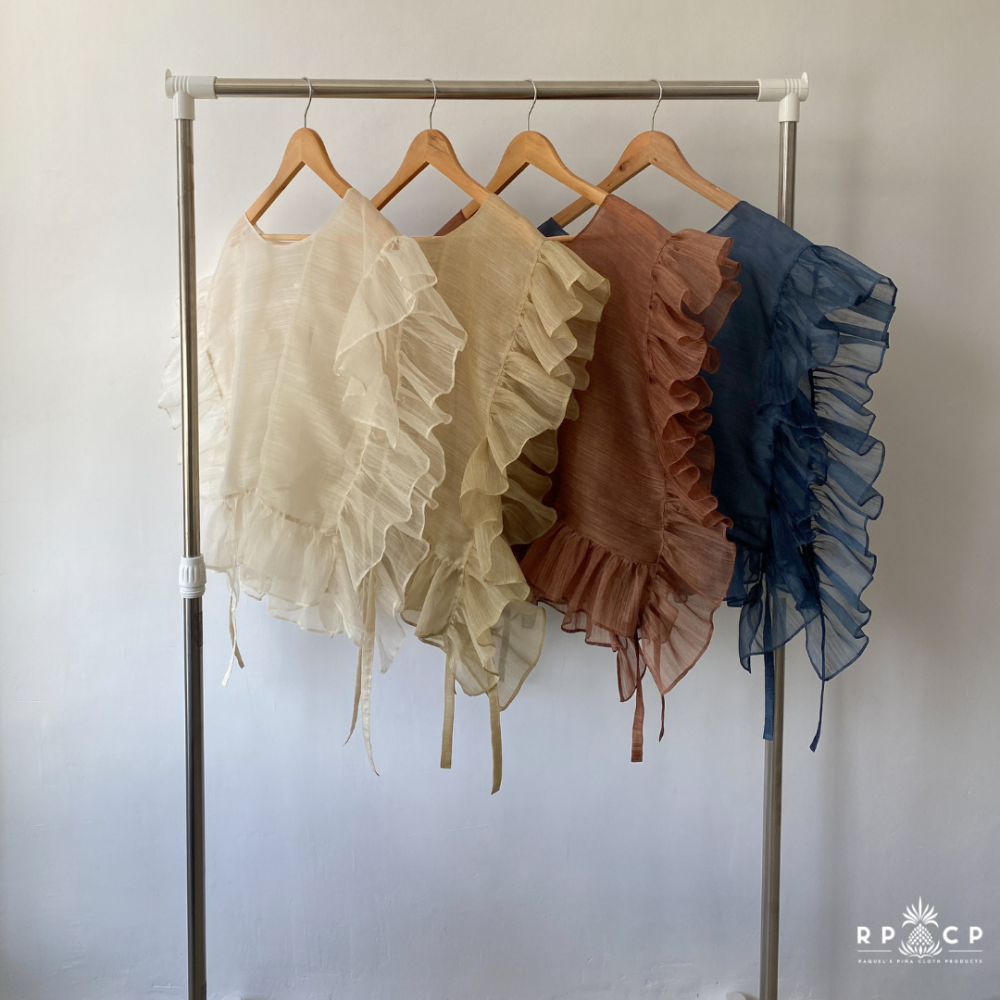
In keeping with the fair’s theme, Raquel’s Piña Cloth Products will also be launching its holiday collection featuring natural-dyed fabrics and garments. “Those are exclusively produced for the Likhang Habi Fair,” said Eliserio.
The shop will also offer artisanal pieces by his mom who will be at the United Nations Educational, Scientific, and Cultural Organization (Unesco) headquarters in Paris on Monday. “We have an exhibition there. My mom is with other cultural bearers and they’ll be conducting talks, demonstrations … Everything about piña will be there,” Eliserio said.
Last December, Aklan piña handloom weaving was inscribed by UNESCO as an Intangible Cultural Heritage and this is something Eliserio is proud of. “Piña is ours, tayo lang nakakagawa… There’s pride when you wear piña.”
The challenge, Eliserio said, is “how to continue and how to strengthen our livelihood so we can help our community.”
He has a lot of plans to do so. “I’m working on strengthening production by planting more piña… We have farms now and we are planning to expand so we can sustain the production of piña-weaving in Aklan. Conduct more training in far-flung areas. Teach women to weave piña and revive the forgotten tradition in other communities, and encourage more weavers to weave or old weavers to weave again.”
To other young people, he has this to say: “I hope our generation appreciates our craft, our heritage more… I hope they use it in their daily lives.”
‘Weaving teaches you to be patient’
Jannalyn Rasonable was born to parents who are both weavers. She grew up watching them weave and started weaving herself as a young girl.
By the age of 10, she had her own loom. At first, weaving was like playing for her. But she soon developed a passion for it.
“Masaya kasi nakakatulong ako sa magulang ko. Dyan ko din napagtapos yung pag-aaral ko. (I found joy in being able to help my parents. And weaving is also how I was able to finish school),” she said.
Since the age of 10, the only time the 24-year-old weaver from Aklan took a break from weaving was when she went to Iloilo for college. She studied aircraft maintenance technology.
“But when I returned home, I continued weaving,” she said. She and her four siblings all know how to weave.
Rasonable loves how weaving teaches her to be patient. You don’t just learn it in a month. You keep learning as you continue to do it, she said.
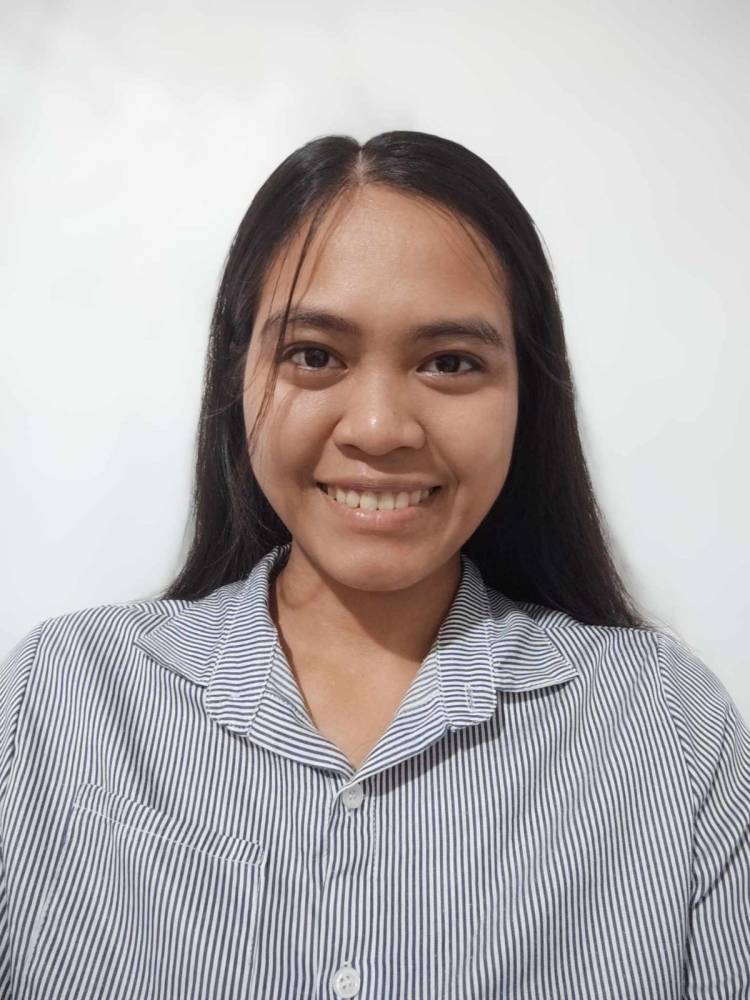
Sourcing raw materials is a challenge weavers in her community face. “Nagkukulang. Konti lang yung piña. Yung ibang farmers umaabot na sa ibang lugar,” she said.
Despite the challenges, she hopes more young people will discover a passion for the craft as well. “Gusto ko na mas dumami yung weavers,” Rasonable said.
She heard that the university in her area might make weaving part of the curriculum. “Sana matuloy (I hope it pushes through),” she said.
Her mother Elizabeth Nagales Rasonable, who owns the brand Elizabeth Rasonable Piña Weaving (Elizabeth Rasonable Piña Weaving on Facebook), is a regular at the Likhang Habi Market Fair as well. You’ll find their dresses, table lining, barong Tagalog, dyed and painted woven fabrics.
This year is also the third time Rasonable is joining Habi’s Lourdes Montinola Piña Weaving Competition. This year, her weave incorporates the map and flag of the Philippines.
One of Rasonable’s proudest moments as a weaver was when she spotted a beauty queen wearing one of her creations.
“Gusto ko pa gumawa ng marami at sari-saring design para mas makilala pa yung business namin. (I want to keep creating different designs so our business will become more well-known),” she said.
‘Every weave is a story’
In 2018, stand-up comedian Jeannie Bernadette Laccay had just given birth to her second child and she wanted to try babywearing. “I found out that in the traditional way of carrying a baby, the fabric they use is handwoven.”
She decided to make her own. “I wanted it to be like a love letter, with me creating the fabric for me and my baby.”
But how? Laccay researched, spending time at the Philippine Textile Research Institute, visiting bazaars, talking to weavers, and turning to YouTube. The self-taught weaver was able to create a colorful baby wrap that she used with her son.
She posted her creation on social media and, soon, other moms were reaching out to her, asking if she could make baby wraps for them, too. That’s how her brand Aruga Handwovens (@arugahandwovens) was born.
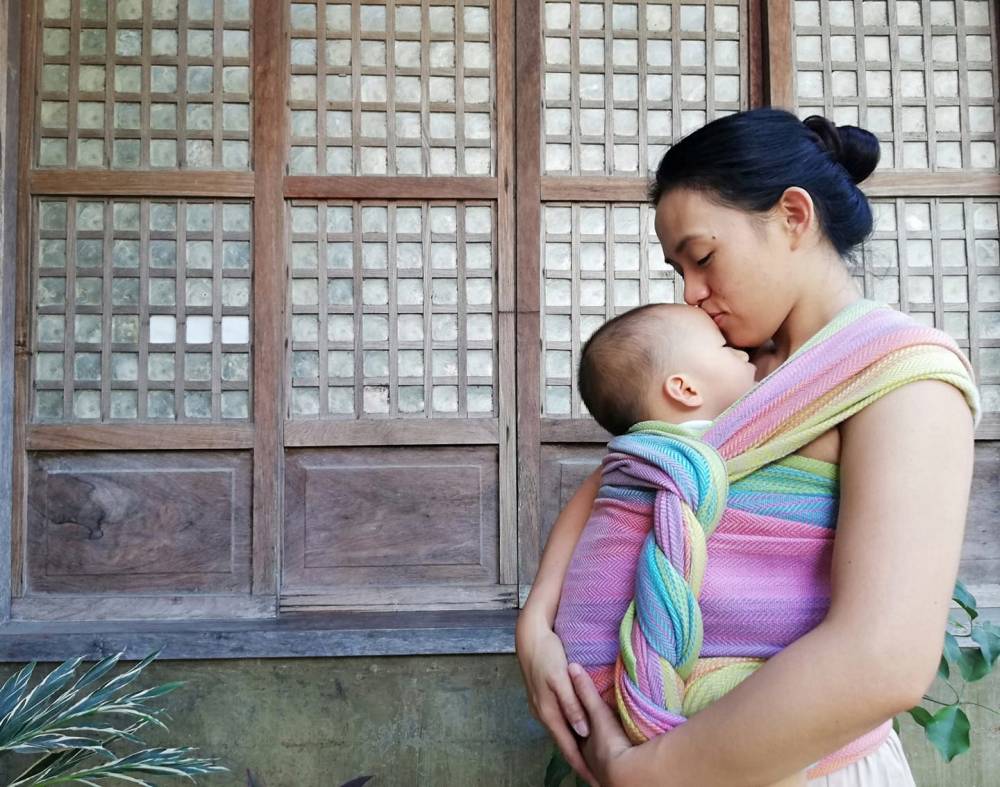
One day, Laccay’s mom saw her weaving and said to her, “Alam mo ba na yung Isinay tribe natin may weaving history? (Did you know that our Isinay tribe has a history of weaving?)”
But there were no more signs of the tradition in Dupax Del Sur in Nueva Vizcaya—weaving had died with the last artisan decades before.
Laccay, who is based in Manila and spent her summers in Dupax Del Sur when she was growing up, moved there in 2020 during the pandemic. She stayed for two years. “While I was there, an Isinay elder approached me and said, ‘Neng, ‘di ba nagwe-weaving ka? Mag-workshop kaya tayo dito habang wala tayong ginagawa?’”
And that’s what they did. “It was so fast. We had a workshop with 12 weavers—from 16 to 65 years old. I taught them how to weave.”
Revival
Now, there continues to be active weavers in Dupax Del Sur. Laccay’s desire to create one baby wrap has led to the revival of weaving in the town.
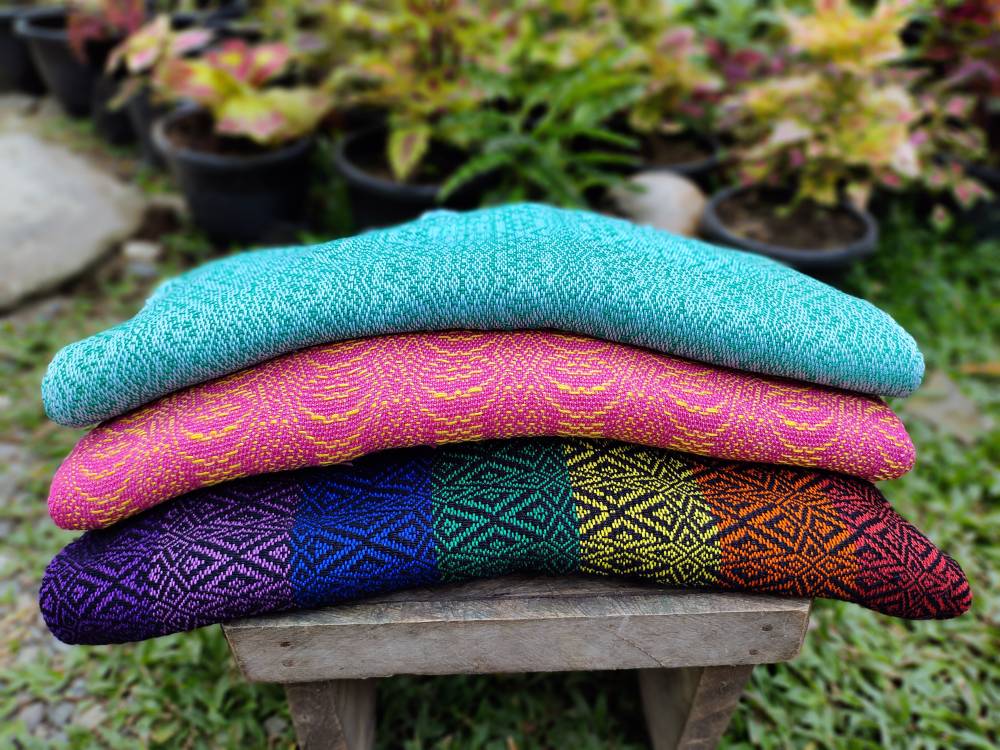
Laccay continues to teach young weavers, including children, in her community. “We need more weavers. There’s something in numbers. In the beginning, it was personal, I just wanted a baby wrap. But now my interest in weaving is deeper. And as I continue to do it, my reason for weaving has gotten deeper. Now, it’s become an advocacy to bring back tradition.”
There’s a lot of love in what she does—something that’s reflected in her brand’s name. “Aruga means ‘tender care’ and I learned that the word ‘aru’ in Isinay means ‘love.’ Nag-connect siya. That made me happy.”
Her goal is to bring back the ikat way of weaving to the Isinay people—that was the technique the Isinay weavers of the past had used. This was something Laccay discovered when she joined Habi for a five-day weaving workshop with master weavers in Kiangan in Ifugao. “Unti-unti, hanggang ngayon, inaaral ko siya. Soon, we’ll do the ikat way, the traditional way of weaving.
Getting raw materials is one of the challenges weavers face in her community. “We used to have a lot of cotton and indigo plants in Dupax Del Sur but not anymore. We need to plant more so we can have raw materials and [build) the facility to turn raw materials into thread.”
Laccay’s story is featured in the Habi documentary “Threaded Traditions: Ikat of Cordillera.”
Aruga Handwovens has been joining the Likhang Habi Market Fair since 2022. “Tuloy-tuloy na since then. I will not stop,” said Laccay.
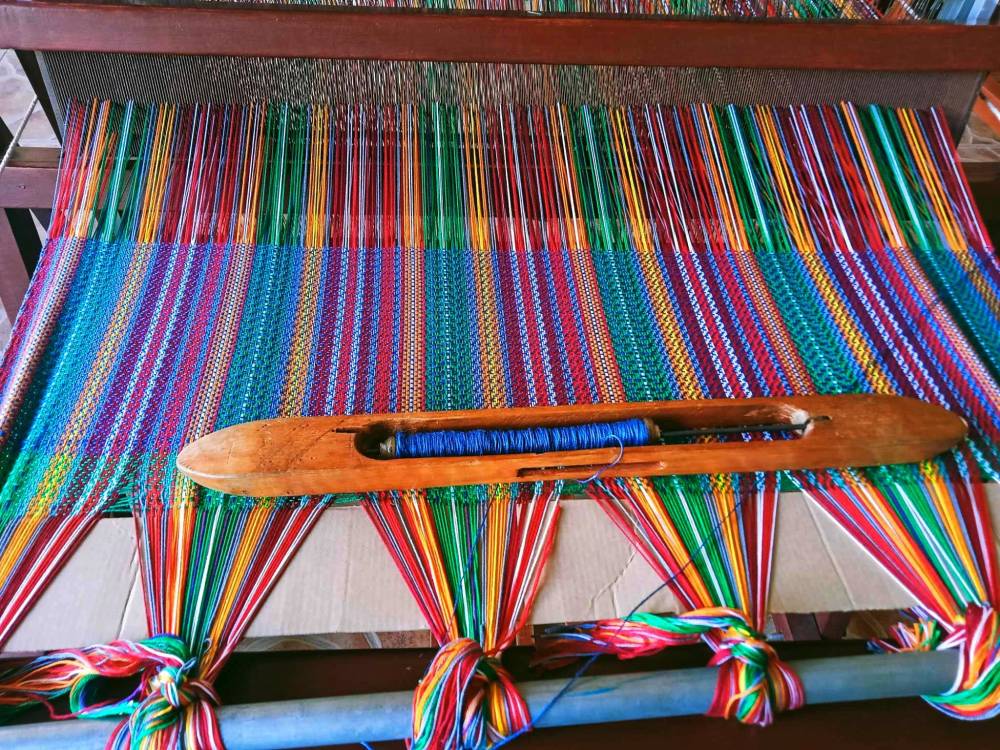
Her company will be selling, of course, babywearing ring slings and baby wraps (Laccay is one of the admins of Babywearing Philippines—look them up on Facebook if you’re interested) plus shirts with Filipiniana sleeves, bags, shoes and other wearables.
“They’re wearable art. They’re not mass-produced and not easily manufactured. They represent our people, they represent the Philippines. It has meaning. Whenever we weave, there’s a story and I hope they will wear it with pride,” Laccay pointed out.
She added, “Painters express through paintings but I express through fabrics. Every weave is a different story, it’s a different outcome. Every piece that the customers buy is one in a billion.”













